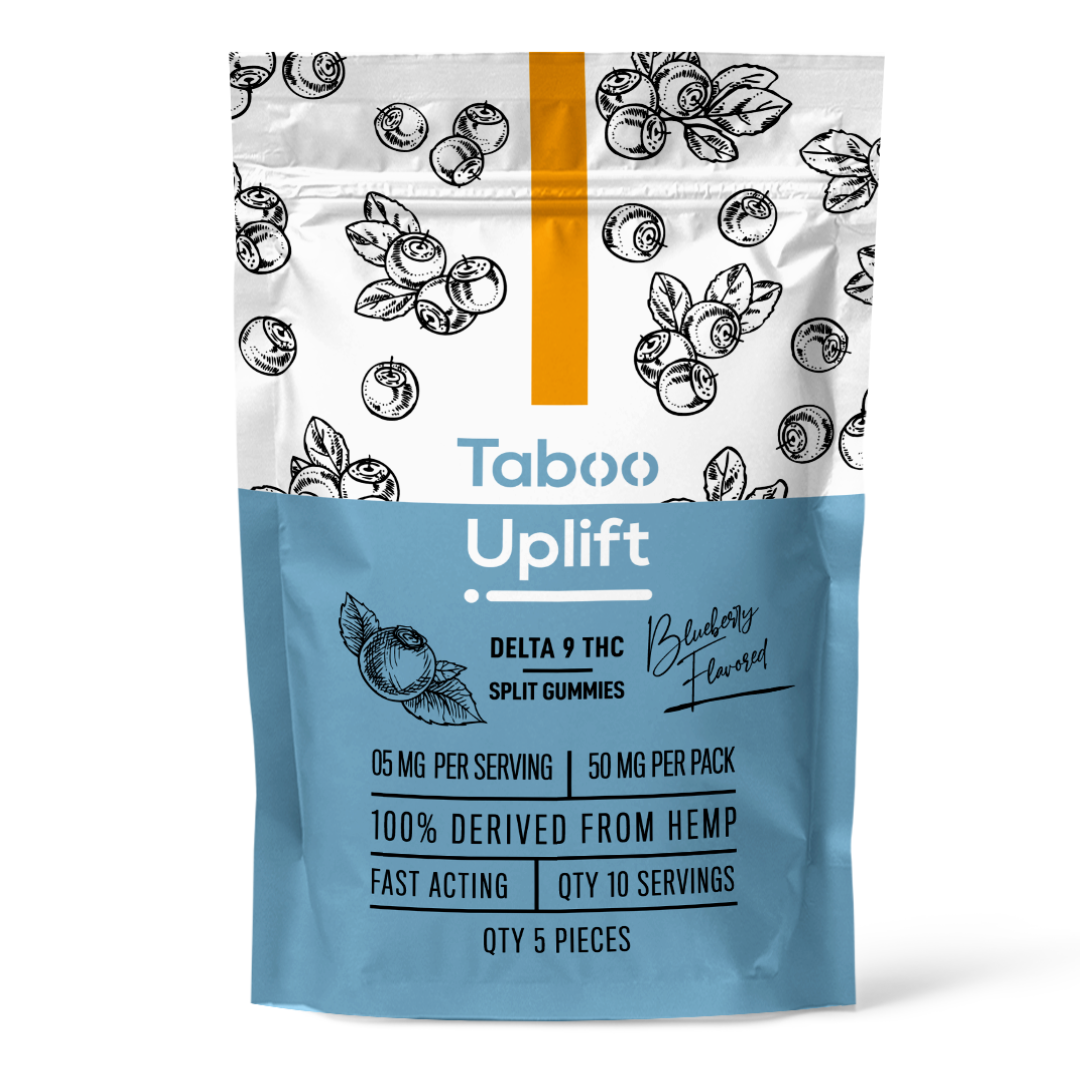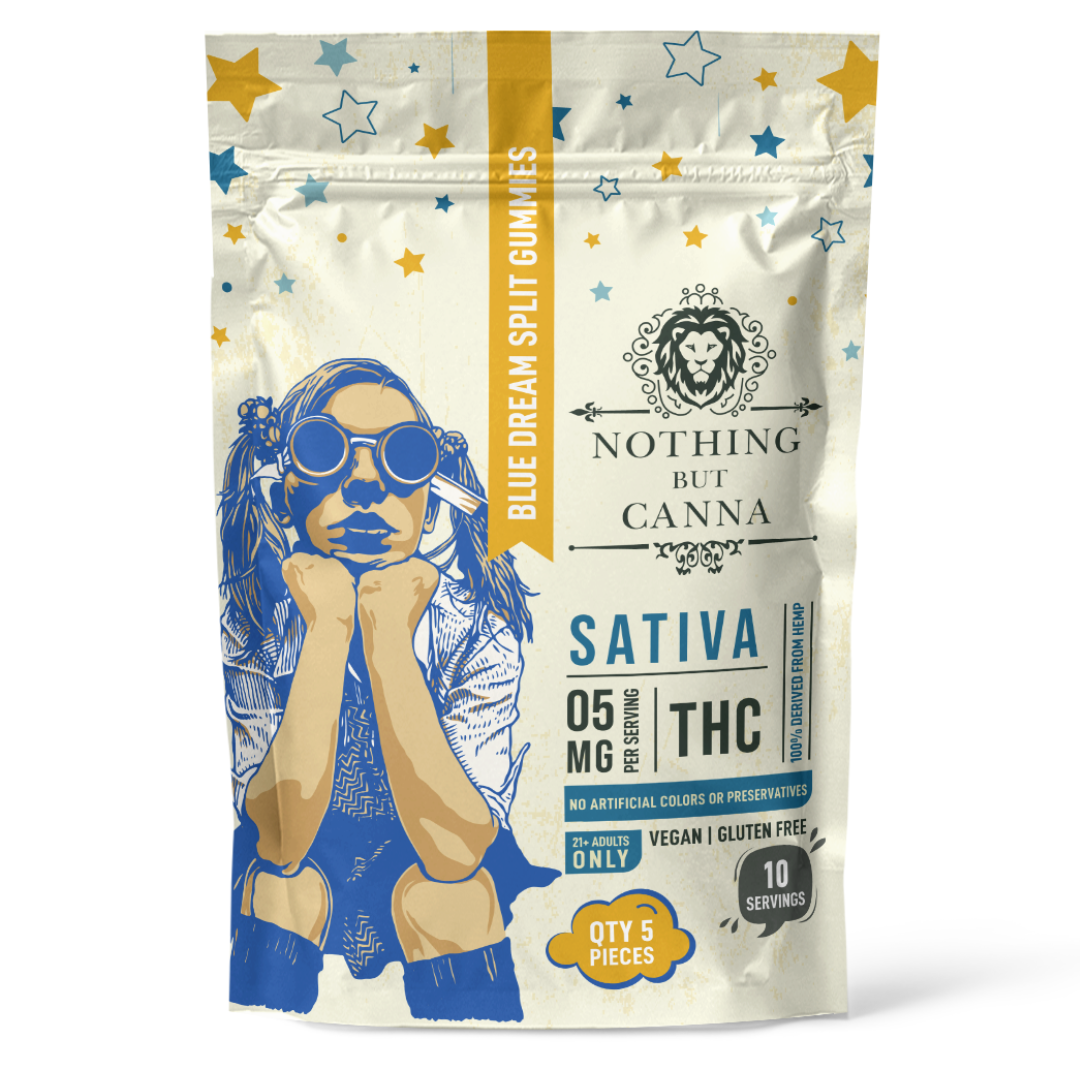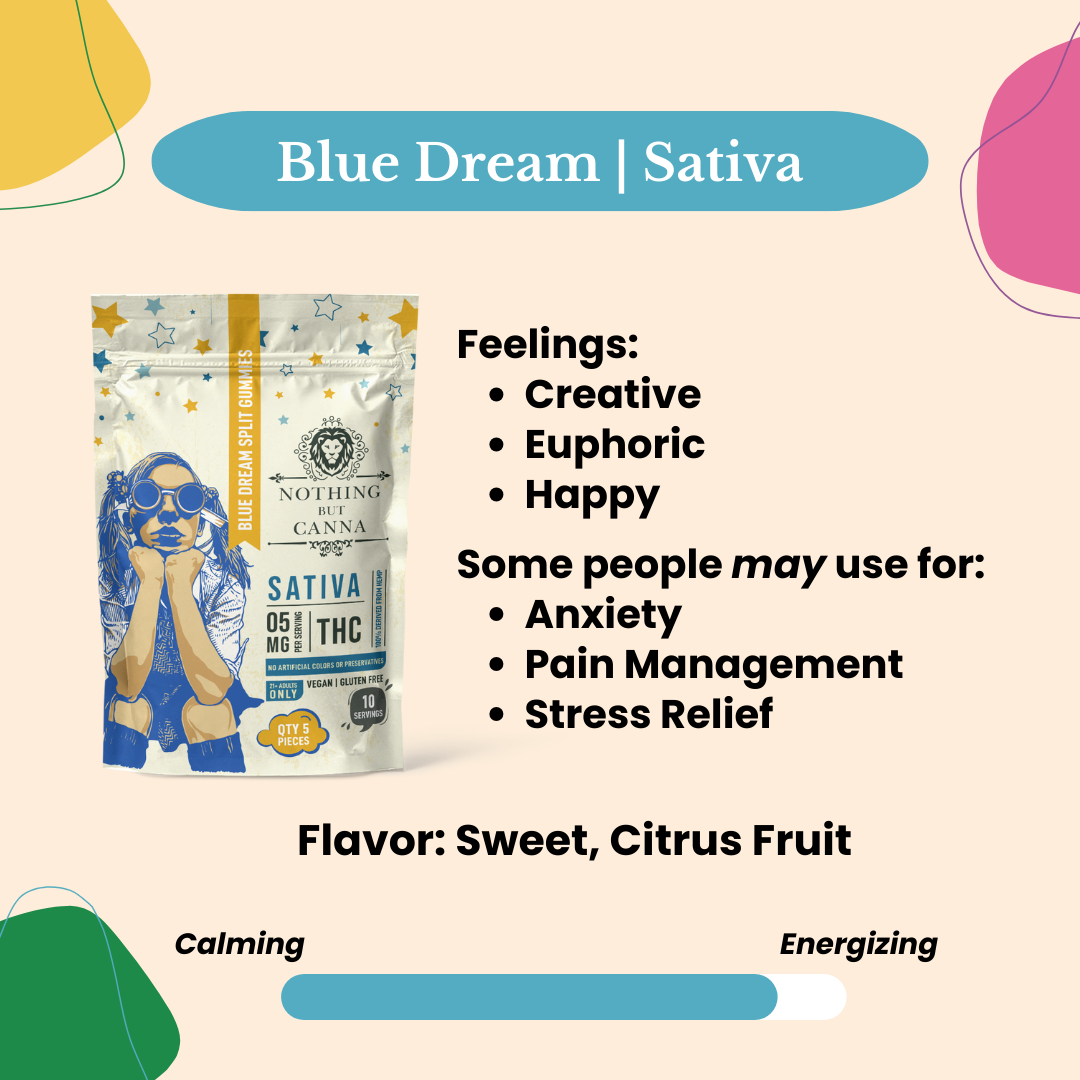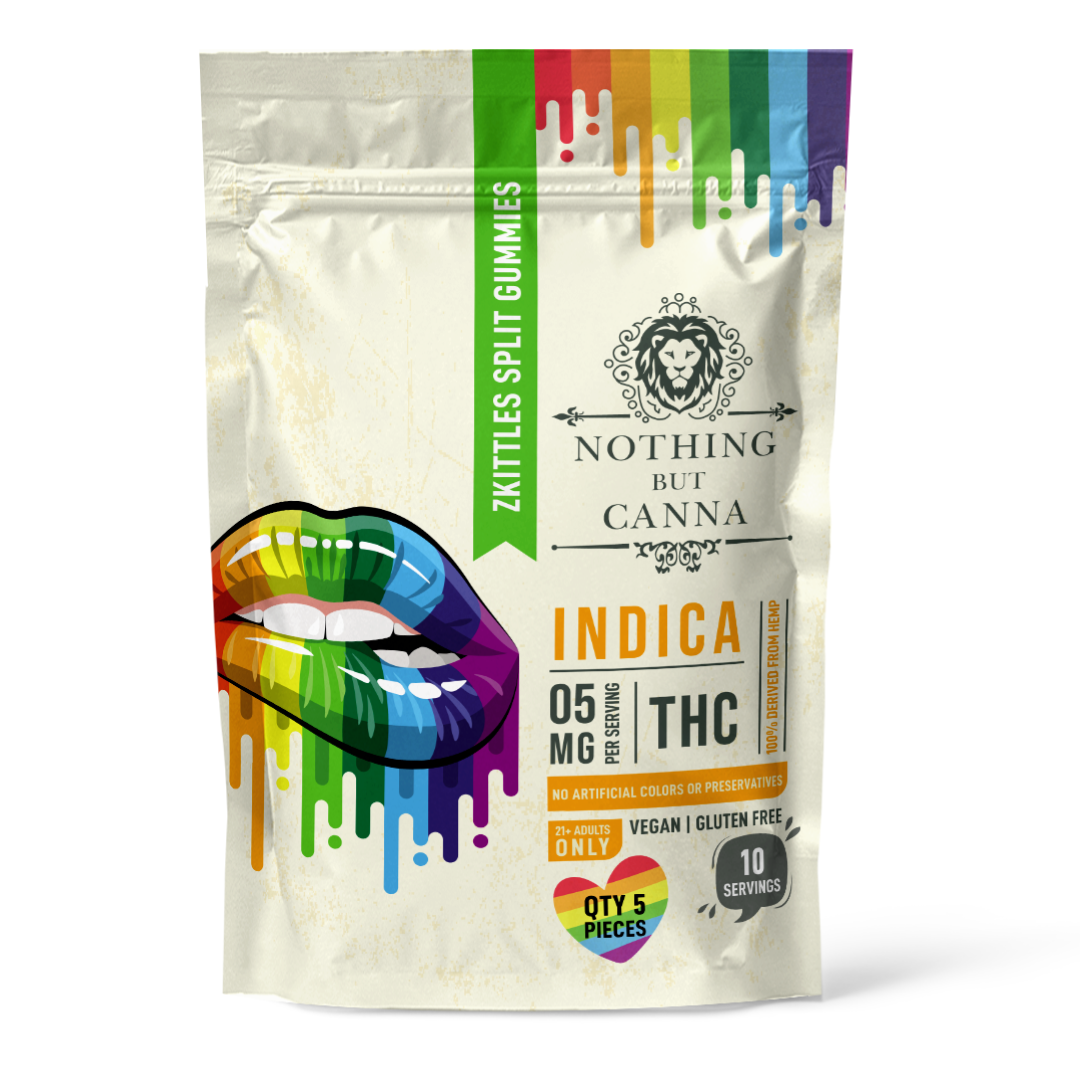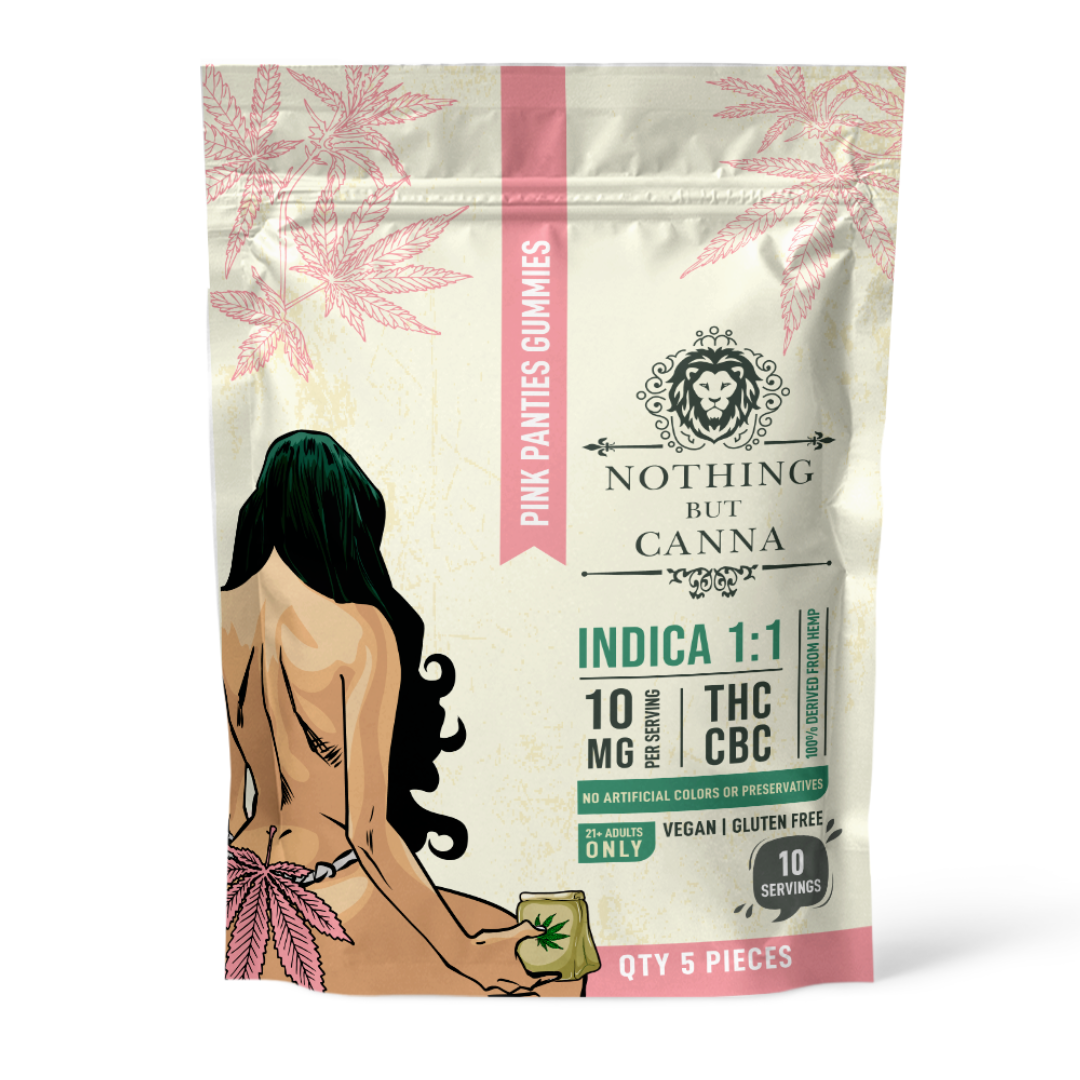
The U.S. Drug Enforcement Administration (DEA) has successfully defended its legal authority to take enforcement action when hemp surpasses the current federal threshold: 0.3 percent delta-9 THC.
The U.S. Court of Appeals for the District of Columbia Circuit on June 10 dismissed a case brought by the Hemp Industries Association and CBD maker RE Botanicals, saying, “we do not even have before us a case or controversy.”
Background: Was the DEA Trying to Broaden Its Reach with a New Rule?
After lawmakers passed the 2018 Farm Bill, the DEA issued a new rule changing the definition of THC to exclude hemp and its derivatives. The agency also updated the regulatory definition of “marihuana,” limiting it to substances with more than 0.3 percent delta-9 THC on a dry weight basis.
The Hemp Industries Association and RE Botanicals contested the rule on procedural grounds, and said the DEA was wrongly asserting control over naturally-derived THC that doesn’t fit within the legal definition of “hemp” or that of “marijuana” under the Controlled Substances Act.
Hemp processors have expressed concern that the process of turning hemp into products like CBD oil involves temporarily exceeding the trace-level limit of 0.3 percent THC. This could put them at risk of violation. However, the judges said wasn’t brought up in the initial petition (more on that in a bit).
In April, the three-judge panel heard arguments from attorneys for the hemp industry and the U.S. Drug Enforcement Administration.
Representing the hemp-industry petitioners, attorney Shane Pennington argued that the DEA’s rule contained minor but potentially significant differences from federal law. He said the statute’s language “in hemp” could be interpreted differently than the language in the DEA’s rule, “within the definition of hemp,” broadening the DEA's enforcement reach.
The attorney for the DEA, Sarah Carroll, argued that the point of the rule was to conform the DEA’s regulations to the new federal statutes governing hemp, relaxing them for hemp rather than seeking to broaden the agency’s reach. During the April arguments one judge noted that they would hold the DEA to that statement.
The June 10 Dismissal
The judge who penned the June 10 dismissal of the case, Senior Circuit Judge Laurence Silberman, wrote that the petitioners were “wholly unable to show their injury in fact and therefore lack standing.”
He addressed the concern over processors temporarily exceeding THC limits in a footnote, saying “In a parallel challenge that Petitioners bring in the district court, Petitioners seem to indicate that their concern is that, during the processing of hemp, the THC concentration of intermediate hemp material and waste hemp material would rise above 0.3 percent and no longer be exempt as hemp. … But, Petitioners, perhaps in an attempt to preserve their characterization of that suit as not challenging the interim final rule, did not raise that before us in this petition.”
“In a parallel challenge that Petitioners bring in the district court, Petitioners seem to indicate that their concern is that, during the processing of hemp, the THC concentration of intermediate hemp material and waste hemp material would rise above 0.3 percent and no longer be exempt as hemp. … But, Petitioners, perhaps in an attempt to preserve their characterization of that suit as not challenging the interim final rule, did not raise that before us in this petition.”
— Senior Circuit Judge Laurence Silberman
What About Delta-8?
It wasn’t entirely clear from the oral arguments whether hemp-derived THC isomers including delta-8 could be impacted by the rule. These are extracted from hemp as CBD and chemically converted into THC.
The context of the hearing was based on current federal law, which expressly governs delta-9 THC, but the DEA’s attorney made statements that seemed to implicate hemp-derived THC.
“These days it’s very common for companies and for different people to make oils and things, beverages, food, all kinds of things that contain substances taken from the cannabis plant," Carroll argued "… DEA was saying that if a substance like that is created from a cannabis plant but the substance is high in THC, the substance does not qualify as hemp and is subject to regulation under the CSA.”
However, Carroll also affirmed to the judges that the DEA didn’t intend to broaden its reach through the regulation. And DEA officials have previously said the agency’s position on hemp-derived THC isomers is that they’re technically legal.
Perhaps most significantly, in May a different federal court of appeals upheld the legality of hemp-derived delta-8 THC. So THC isomers sourced from hemp seem to be in the clear for now.
Timeline
August 2020 — The DEA issues an interim final rule that hemp derivatives over the delta-9 THC threshold would still be considered Schedule I controlled substances.
September-October 2020 — The Hemp Industries Association, a nonprofit group of business owners and supporters, and RE Botanicals, a South-Carolina-based hemp company, file a procedural lawsuit challenging the DEA’s interim final rule.
October 2020 — Hemp Industries Association and RE Botanicals file a second suit to stop the DEA from enforcing the interim final rule.
May 2021 — A D.C. federal judge dismisses the complaint citing lack of jurisdiction. Challenges to DEA regulations had to be brought in the U.S. Court of Appeals for the D.C. Circuit.
November 2021 — The DEA asks the court to dismiss the case for lack of standing, arguing that those challenging the law hadn’t shown evidence that they were under threat of DEA prosecution. The agency also filed briefs asserting that the 2018 Farm Bill legalizing hemp didn’t change the agency’s status as the regulatory authority for substances over the 0.3% federal legal THC limit.
April 2022 — Appeals hearing before the U.S. Court of Appeals for the District of Columbia Circuit.
June 2022 — The three-judge panel dismisses the case.


























